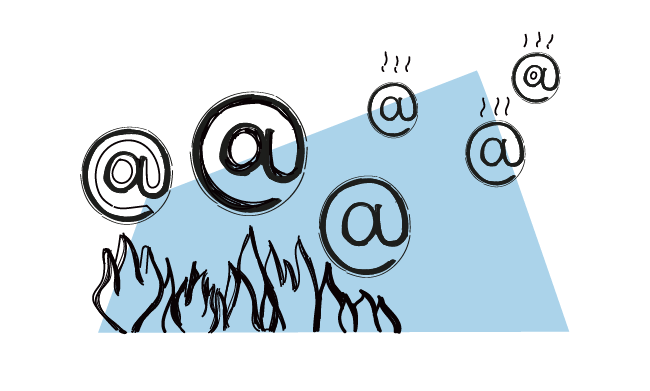Send first 50 emails for free
Try Woodpecker for 7 days
Free access to advice on deliverability, cold emailing and more.
Try Woodpecker for 7 days

Have you ever wondered if every email you send from your mailbox will be successfully delivered? If you want to avoid the SPAM folders and land your cold emails in your prospects main inboxes, this article is just for you.

Here comes another part (and the very first one this year) of our Prospect List Building Tools series. This time, I tried out Lusha - a B2B lead generation and data enrichment tool - to see if it could help me build my list faster than ever before.

With 2022 just around the corner, take a moment with me and see how Woodpecker changed in the last 365 days.

We’ve just launched an email warm-up and recovery feature - included in price for all our premium users.

Successful outreach takes time. The first, and very important step is to warm up your mailbox before using it for cold email campaigns. Without a proper warm-up, your emails won’t reach your prospects’ inboxes.

The strongest method you can use to get feedback for your business is an online survey. Asking for feedback is, of course, the first and simplest step. The actual challenge, whether sending customers or employers a survey, is getting them to participate.

Apple just released iOS 15 and it brought some major changes to email marketing and the most commonly used metric to measure its effectiveness - open rate.